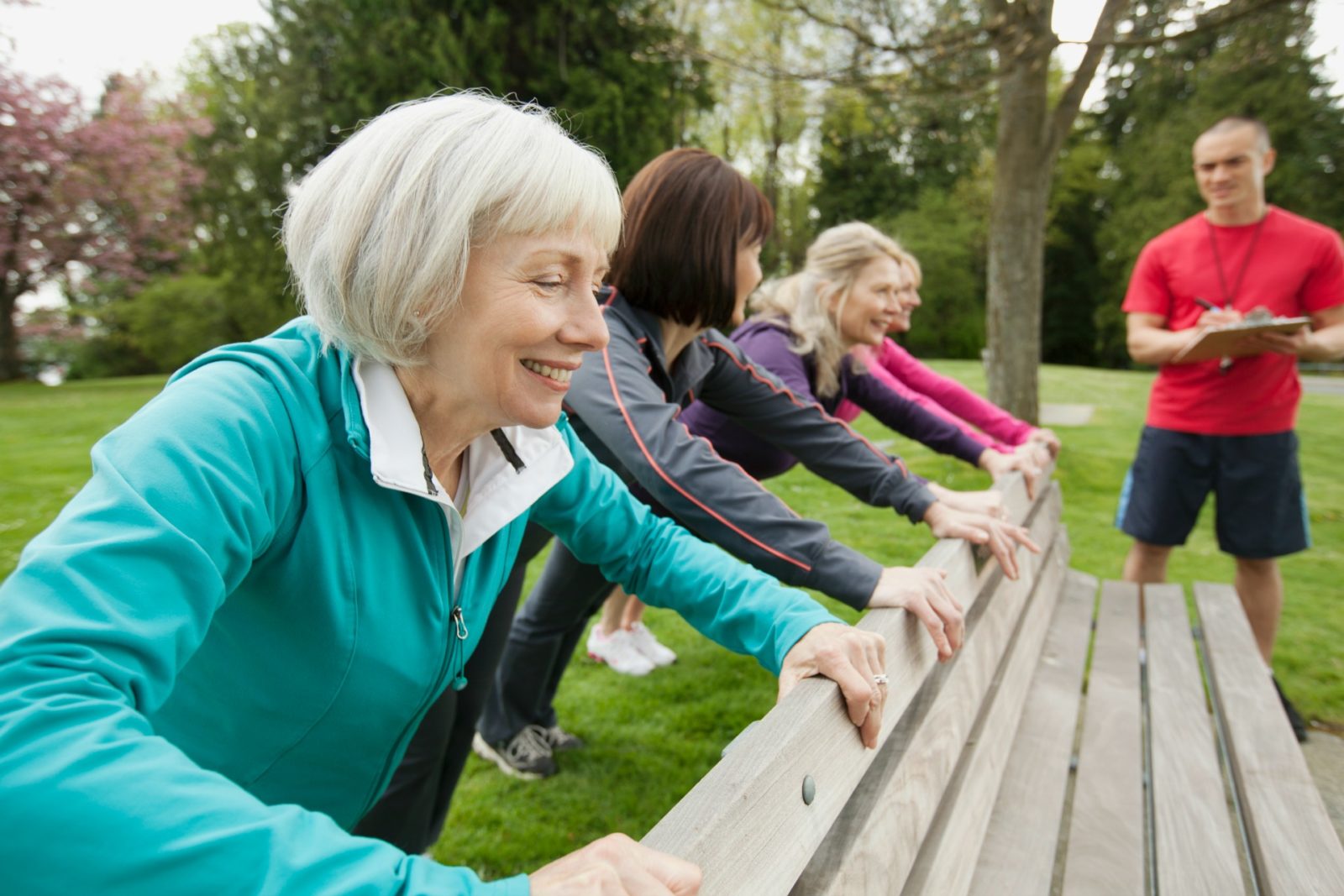From medication to health: The factors putting over-60s at risk of falls

Whether it’s a fracture to the hips or wrists, dislocating a shoulder or sustaining a head injury, taking a nasty fall can leave people suffering for long periods of time.
Some never fully recover from their injuries, while in extreme cases lives can be lost. There are a number of factors that increase the risk of taking a tumble and many are associated with getting older.
“About one in three people over 65 will experience a fall each year and even if this doesn’t result in serious injury, fear of having another fall can make people reluctant to go out, do other daily activities and enjoy their independent lives,” Lyn Davies, Tunstall Healthcare managing director, tells Starts at 60.
A 2018 report by the Australian Institute of Health and Welfare shows that falls are the leading cause of injuries in Australia, making up 41 per cent of all hospitalised injuries. Data also shows that over-65s account for 30 per cent of all injury cases and the majority of those are the result of a fall.
“As everyone ages, their muscular and bone strength weakens, vision can become impaired and this can mean it’s harder to spot tripping hazards or recover when losing balance,” Davies says. “It’s about the recovery also when someone has a fall. It’s much harder to recover quickly when you’re older.”
Chronic health conditions are also more common in older age and a number of age-related issues such as heart disease and high blood pressure can result in someone becoming unsteady on their feet.
“These sorts of things can contribute to feelings of dizziness, getting up or moving around, which could then lead to a sudden fall,” Davies says.
Medication can also play a role and people who take a variety of prescription drugs may be at increased risk. Research published earlier in 2019 in the Australian Prescriber Journal says medication is a major modifiable fall risk factor and in some cases, adverse reactions including drowsiness, dizziness, blurred vision and confusion increase the risk of a fall.

Antidepressants and psychotropic medications, which are used to treat health conditions such depression, pain and dementia, are two of the biggest offenders when it comes to these side effects. It’s important to discuss the benefits and potential side effects of medication with a health professional and whether alternative treatments are a better option.
Lifestyle is another contributing fall factor. When people become less active in older age, their muscles become weaker and they lose flexibility, increasing the probability of a fall. One way to improve muscle strength is through weight-bearing or resistance training.
Common types of weight-bearing exercises include squats, lunges and push-ups, walking and skipping. These exercises could prove particularly useful in the cooler months, where muscles become stiffer and reduce mobility. Doctors can recommend exercises for individual circumstances.
Read more: Five weight-bearing exercises all over-60s should know

Health and lifestyle factors aside, dangers around the home can also cause a person to fall. Trip hazards such as stairs, rugs, uneven surfaces and poor lighting can cause people to topple over, as can slippery surfaces in bathrooms. There are many services available which not only assess the safety of homes, but educate people on how they can protect themselves.
“They can go onto the My Aged Care government portal and find out pretty much everything they need to know about how to access information to get their home assessed, to get physical aids and access to the Medical Alliance through funded programs,” Davies says. “The simple insertion of rails can be very helpful and that can all be done through community care and other organisations.
“Looking at how their home can be more safe and secure – all those things will help them stay independent and have an easier life as they’re growing older.”
For people who live alone, particularly the elderly, emergency buttons can provide quick access to help in the event of an accident. The buttons, which are usually rented through health organisations such as Tunstall for a fee each month, includes 24-hour monitoring and assistance when people need it.

“Having quick access to help when you fall is one of the most important things you can do to recover more quickly, stay out of hospital and return from hospital if you’ve actually experienced a fall,” Davies says. “The support can be through formal or non-formal carers, so people who live close by, family or friends.”
It’s always important to talk to a health professional about the best ways to reduce the risk of falls for individual circumstances or to make enquiries about home assessments or other physical aids.
Read more: Fractures and head wounds account for 30% of all aged care hospital stays








 Proudly Australian owned and operated
Proudly Australian owned and operated